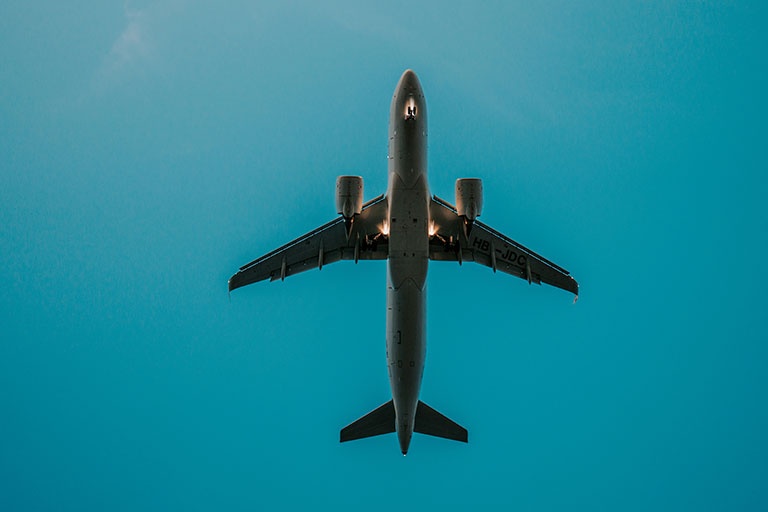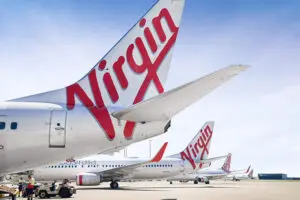CBRE noted the launch of 56 new international commercial aviation routes into Australia over the last year and estimates they will lead to an additional 1.66 million short term visitors arriving in Australia by the end of 2026. The analysis forecasts 800,000 of these visitors will stay in commercial accommodation, generating 1.9 million additional hotel room nights.
“Increased capacity from core markets including China, India, Southeast Asia, North America and the Middle East is expected to drive a continued recovery in international arrivals, reinforcing aviation’s role as a critical lever for tourism and hotel sector growth,” said CBRE’s head of hotels research, Ally Gibson.
“As these new services mature and inbound visitation continues to recover, the uplift in demand is expected to increase occupancy and RevPAR levels across key markets as Australia’s hotel development pipeline enters a sustained period of limited supply, driven by escalating construction costs and productivity constraints.”
Sydney is expected to see the largest share of additional hotel room nights, with 13 new air routes delivering 542,000 more room nights, while Perth is forecast to see the largest percentage growth in international arrivals, with new services from Southeast Asia and the Middle East, bringing in 298,000 more short term visitors.
Melbourne will see the second largest lift in visitor nights, with Perth in third, followed by Brisbane and then Cairns.
Perth, Melbourne, Brisbane and Cairns are all expected to see occupancy rises of four per cent.
“Supply constrained markets such as Brisbane, Perth and Cairns are particularly well positioned to benefit, with new flight routes translating directly into performance upside,” said CBRE Hotels’ Troy Craig.
“Meanwhile, the gateway markets of Sydney and Melbourne, underpinned by strong corporate and leisure-based demand and major event schedules, are expected to sustain elevated levels of international arrivals and translate this into continued performance growth.”
This analysis contains both good news and bad news for business events.
On the upside, more international flights, especially direct flights, make Australia more accessible and therefore desirable as an event destination for international organisers and groups.
On the downside, supply constraints and therefore potential higher room rates could make Australia a less appealing choice financially for organisers and their delegates.




















